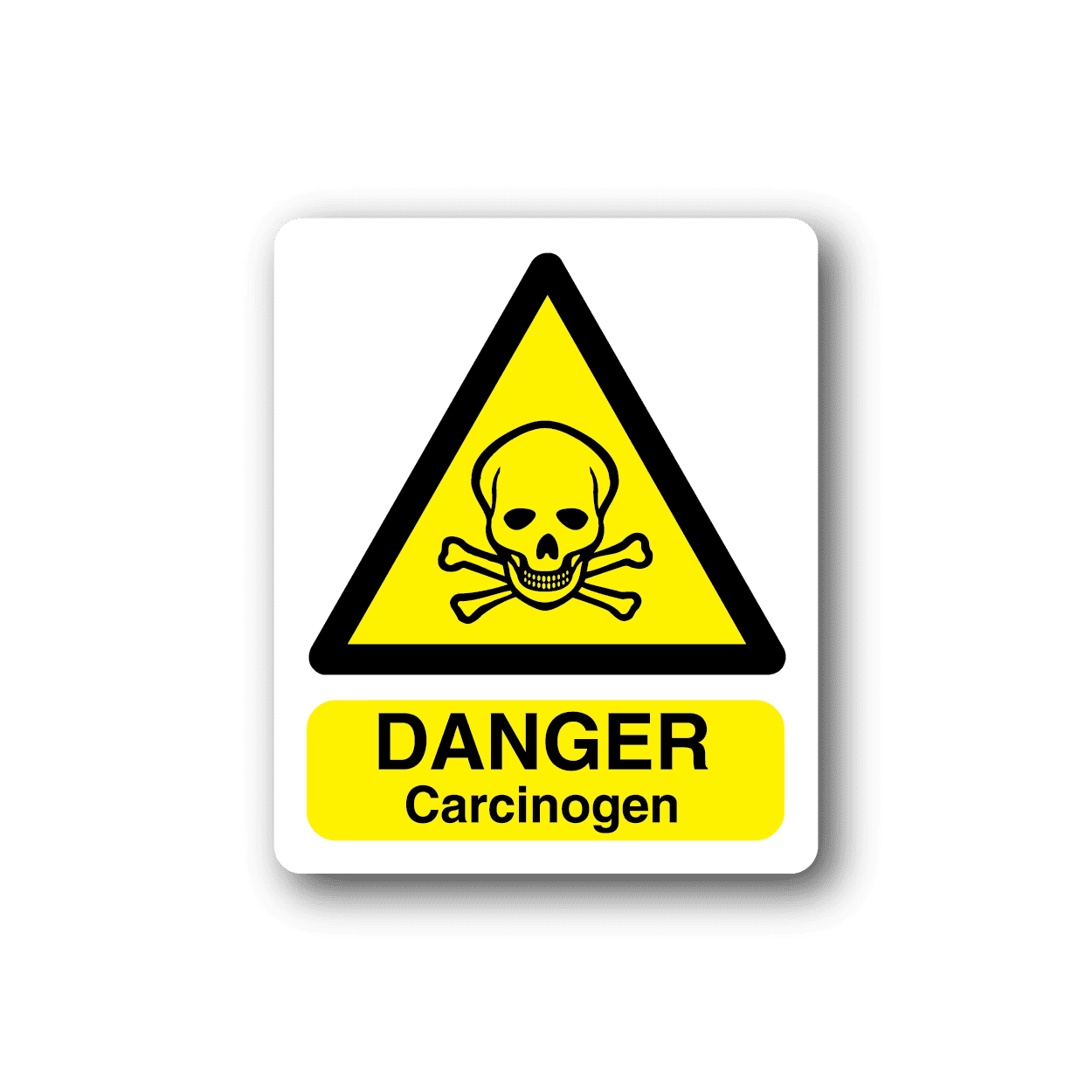
Formaldehyde meets the classification criteria as a carcinogen (category 1B) according to Regulation (EC) No. 1272/2008 and, therefore, is a carcinogenic agent in the sense of Directive 2004/37/EC. Formaldehyde is a genotoxic carcinogen that acts locally, and there is sufficient scientific evidence for its carcinogenic action in humans. Formaldehyde is also an allergenic substance that causes contact dermatitis (skin sensitizer). It is therefore deemed appropriate, based on the available information, including scientific and technical data, to set a long-term and short-term exposure limit value for formaldehyde in the said directive and to add an indication for skin sensitization. Fixatives with formaldehyde are systematically used in the healthcare sector throughout the Union due to their ease of handling, high degree of precision, and excellent adaptability. In some Member States, it is expected that the healthcare sector will have difficulties complying, in the short term, with the exposure limit value of 0.37 mg/m3 or 0.3 ppm. It is therefore deemed appropriate to introduce a transitional period of five years for this sector, during which the exposure limit value of 0.62 mg/m3 or 0.5 ppm should apply. However, the healthcare sector should minimize exposure to formaldehyde and is encouraged to adhere to the exposure limit value of 0.37 mg/m3 or 0.3 ppm during the transitional period, where possible.

